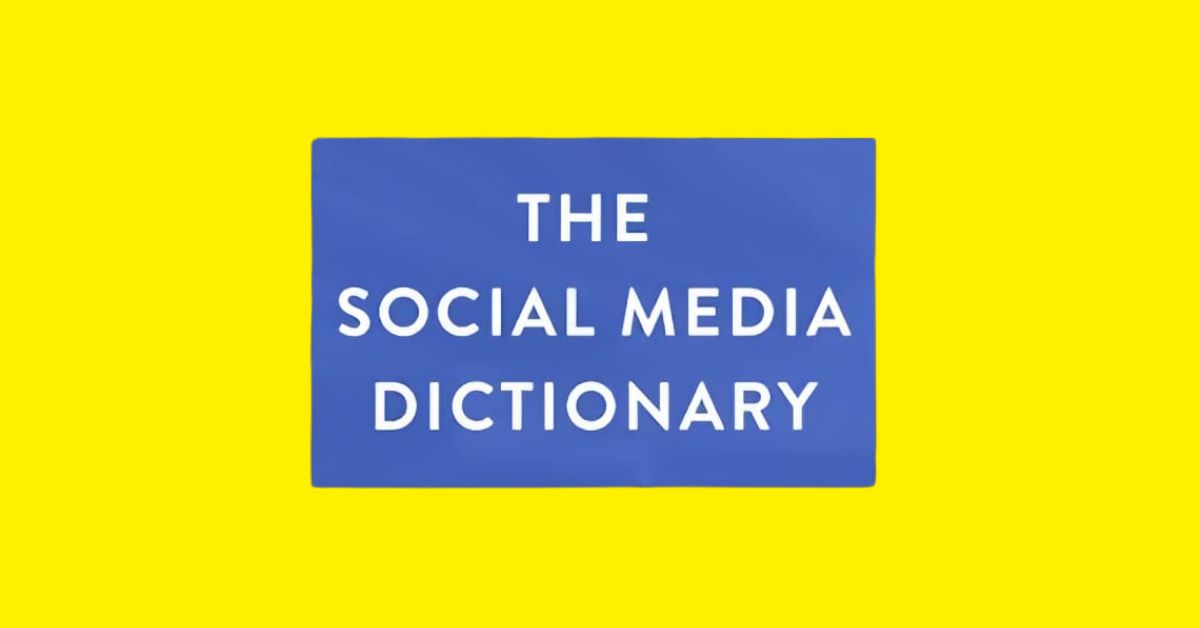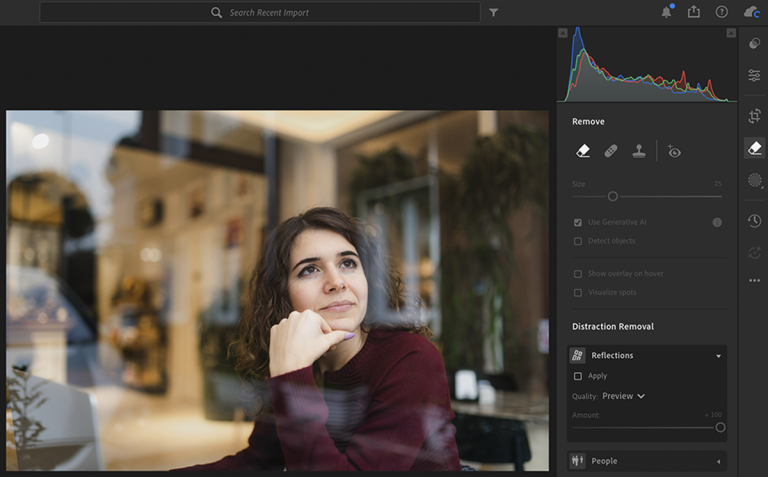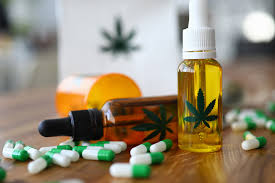The Social Media Dictionary: Online Terms, Slang and Acronyms
If you’ve ever felt lost in a sea of hashtags and abbreviations, you’re not alone! The language of social media can be overwhelming, but it’s crucial for engaging with friends, brands, and communities online.
This Social Media Dictionary aims to clarify the most popular terms, from trending slang to the latest acronyms.
With insights into concepts like Snapchat planets and snap planets, you’ll be equipped to navigate conversations and express yourself confidently in the digital realm.
How Do Words Get Added To The Macquarie Dictionary?
To be included in the Macquarie Dictionary, a word must gain acceptance within the community. This means it has to appear in various contexts over a sustained period, proving its relevance and utility in everyday language.
The editors are always on the lookout for fresh vocabulary; they dive into books, newspapers, and online platforms, and even tune into radio shows and podcasts. Their mission is to capture the pulse of Australian English as it evolves.
Different Types Of Content
Understanding these dynamics can enhance your social media strategy and deepen your connection with your audience.
- MCM: Man Crush Monday, used as #ManCrushMonday or #MCM across social platforms.
- NSFW: Not safe/suitable for work. Refers to content that is inappropriate for a work setting, often involving nudity or profanity.
- OOTD: “Outfit of the day.” Used on Instagram to showcase what someone is wearing.
- POTD: Photo of the day. A way for users to share their best images on Instagram.
- QOTD: Quote of the day. Used for sharing funny or inspirational quotes.
- AMA: “Ask me anything.” Used mainly on Reddit for Q&A sessions.
- ASMR: Stands for “Autonomous Sensory Meridian Response.” Popular on YouTube for calming sounds that help with sleep, meditation, or studying.
- Challenges: Social media-driven activities like the #bottlecapchallenge, popular on TikTok and Instagram.
- FBF: Flashback Friday. Similar to Throwback Thursday; it features nostalgic posts on Fridays.
- TBT: Throwback Thursday. Posting old images on Thursdays, tagged with #ThrowbackThursday or #TBT.
- UGC: User-generated content. Any content created by online users.
- WCW: Woman Crush Wednesday, used as #WomanCrushWednesday or #WCW on social platforms.
- FF: Follow Friday. A Twitter trend where users recommend accounts to follow.
- GRWM: “Get Ready With Me.” Videos where creators prepare for an event while chatting with followers.
- Hauls: Videos where creators show items they’ve recently acquired, often sponsored by brands.
- RT: Retweet. Sharing someone else’s tweet with your followers on Twitter.
Digital Marketing Jargon
Embracing this evolving vocabulary not only keeps marketers relevant but also helps them engage more meaningfully with their target audiences.
- CTA: A call to action is a clear instruction for users to take action.
- CTR: Click-through rate shows how many people click on a link.
- CX: Customer experience.
- DM: Direct message is private communication on social media, not visible to the public.
- FB: Facebook.
- HTML: Hypertext markup language is the coding language used to create websites.
- G+: Google Plus.
- GA: Google Analytics tracks website traffic and social media metrics.
- IG: Instagram.
- API: An Application Programming Interface connects different backend systems, allowing them to communicate.
- B2B: Business to business.
- B2C: Business to consumer.
- Content: Digital material like text, video, audio, and images available to users.
- CMS: A Content Management System is a central tool for creating and managing content, such as WordPress, Joomla, and Drupal.
- Conversion/Goal: The action you want visitors to take.
- Conversion optimisation: The process of getting more visitors to complete your goals.
- CR: Conversion rate measures actions like views, engagement, or purchases. It helps show your return on investment.
- Crawler: A program that browses the Internet to collect information and help users find what they need.
- IM: Instant message, with Facebook Chat being the most popular version.
- Impressions: The number of times an ad is displayed.
- KPI: Key performance indicators are metrics used to measure success.
- LI: LinkedIn.
- SERP: Search engine results page shows the list of results from a search query.
- SOV: Share of voice measures the percentage of mentions about your brand in discussions within an industry.
- SoLoMo: Social, local, mobile refers to the blend of social media, location-based search, and mobile devices.
- Traffic acquisition: The process of attracting visitors to websites and mobile apps.
- TW: Twitter.
- Unique visitor: A single visitor to a website within a specific time frame.
- UI: User interface is how users interact with a computer system.
- UX: User experience refers to how users feel about a product, service, or interface. Good UX relies on effective UI!
- YT: YouTube.
- Paid listings: Ads that show up on search engine results pages.
- Pay-per-click: An advertising model where advertisers pay for each click on their ads.
- ROI: Return on investment measures the benefit of an investment relative to its cost.
- SaaS: Software as a service allows you to use applications through a web browser, like Hootsuite.
- SEM: Search engine marketing involves buying traffic and ensuring your site ranks well in search results.
- SEO: Search engine optimization aims to improve organic search rankings by optimizing your website and online behavior.
Internet Acronyms And Slang
- AF: Means “As F*ck,” used to say something is excessive. Example: “It’s cold AF outside.”
- AFAIK: As far as I know.
- BAE: Before anyone else; a term for your loved one.
- Basic: Mainstream or unoriginal.
- BFF: Best friends forever.
- BRB: Be right back.
- Bussin: Describes delicious food.
- Caught in 4k: To catch someone red-handed.
- Cray: Crazy.
- DAE: Does anyone else; used for sharing embarrassing moments.
- DFTBA: Don’t forget to be awesome.
- Doomscrolling: Continuously reading bad news online.
- Drip: Refers to someone with style or good fashion.
- ELI5: Explain like I’m 5; ask for a simple explanation.
- Extra: Being dramatic or over the top.
- F: Press “F” to pay respects; from a gaming meme.
- Facepalm: Reacting to someone’s silly action.
- Fam: Short for family.
- IMO/IMHO: In my opinion/In my humble opinion.
- IRL: In real life.
- It me: Relating to something shared, like a meme.
- IYKYK: If you know, you know.
- JIC: Just in case.
- JK: Just kidding; light-hearted tone.
- JOMO: Joy of missing out.
- LEL: A humorous take on LOL (laugh out loud).
- Lit: Very cool or excellent.
- LMAO: Laughing my a** off.
- Fire: Outstanding or excellent.
- Fit: British slang for attractive; U.S. shorthand for outfit.
- Flex: To show off.
- FOMO: Fear of missing out.
- FTFY: “Fixed that for you.”
- FTW: For the win; often used sarcastically.
- GOAT: Greatest of all time.
- HBD: Happy birthday.
- HMU: Hit me up; contact me.
- HTH: Happy to help.
- I can’t even: Overwhelmed by emotions.
- I’m dead: Laughing very hard.
- CYMI: In case you missed it.
- IDK: I don’t know.
- IKR: I know, right?
- ILY: I love you.
- LMK: Let me know.
- Lowkey: Slightly into something; discreet interest.
- NIL: Next in line; used in selling groups when an item is sold.
- NMU: Not much, you?
- TFW: That feeling when… used for relatable experiences.
- TGIF: Thank God it’s Friday.
- TIL: Today, I learned…
- THIRSTY: Very interested in someone, not about water!
- TL;DR: Too long; didn’t read; summarizes content briefly.
- TBH: To be honest.
- TMI: Too much information.
- Vibe check: Checking someone’s mood spontaneously.
- WFH: Work from home.
- NVM: Never mind.
- Mid: Low quality or average.
- On fleek: Very on point or perfect.
- Salty: Annoyed or upset, usually over minor issues.
- Savage: Exceptionally harsh or bold, often as praise.
- Sending me: Something found hilarious.
- Shook: Significantly affected by something.
- Slay: Doing something exceptionally well.
- SMH: Shaking my head; shows frustration or disbelief.
- Stan: An overly enthusiastic fan of someone/something.
- Tea: Gossip; “spilling the tea” means sharing gossip.
Conclusion
The Social Media Dictionary serves as a valuable tool for anyone navigating the ever-changing landscape of online communication. By understanding the various terms, slang, and acronyms, users can engage more effectively with their friends and followers.
This dictionary not only helps bridge the gap between different generations but also fosters better connections within online communities.
As social media continues to evolve, staying updated on the latest language trends is essential. So, dive into the Social Media Dictionary and enhance your online conversations today!
FAQs
Why should I use The Social Media Dictionary?
You should use it to understand the latest social media lingo, making it easier to connect with friends and engage online.
How often is The Social Media Dictionary updated?
The Social Media Dictionary is regularly updated to include new terms and trends in the fast-changing world of social media.
Can I contribute terms to The Social Media Dictionary?
Yes! We welcome contributions from users. If you have a term that isn’t listed, you can submit it for review.






